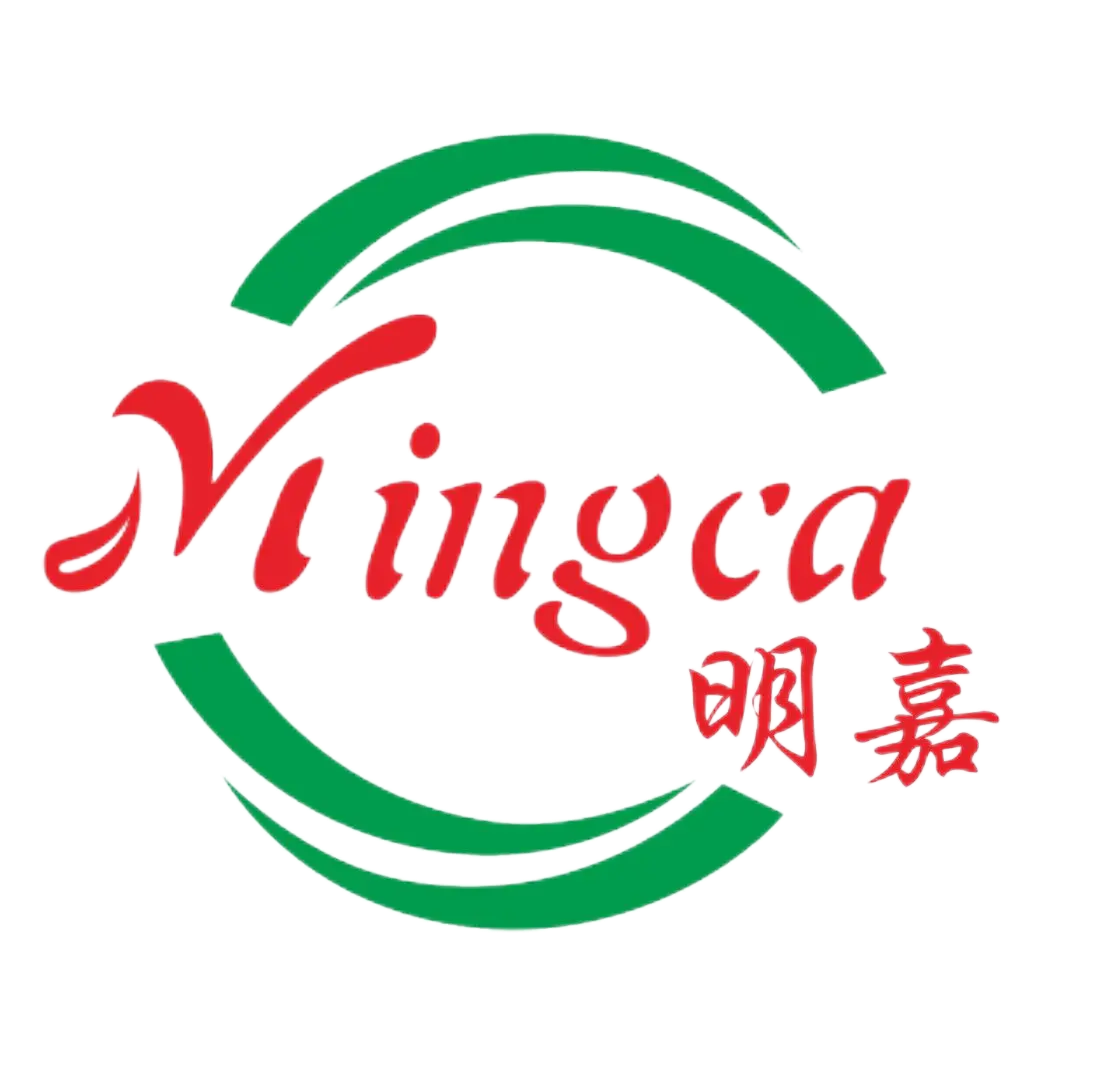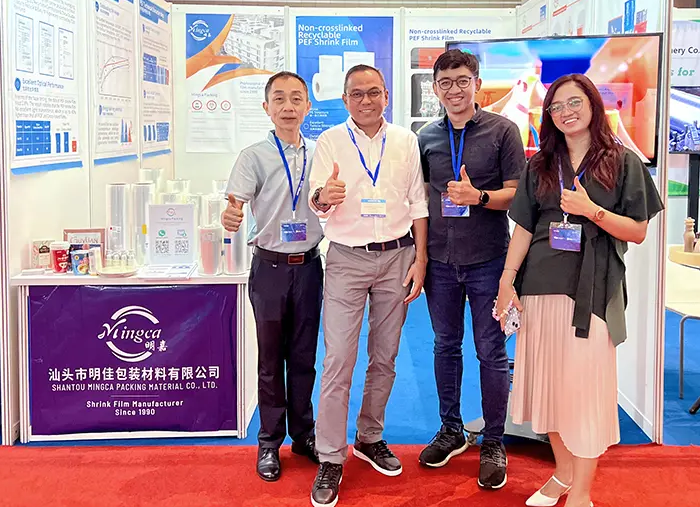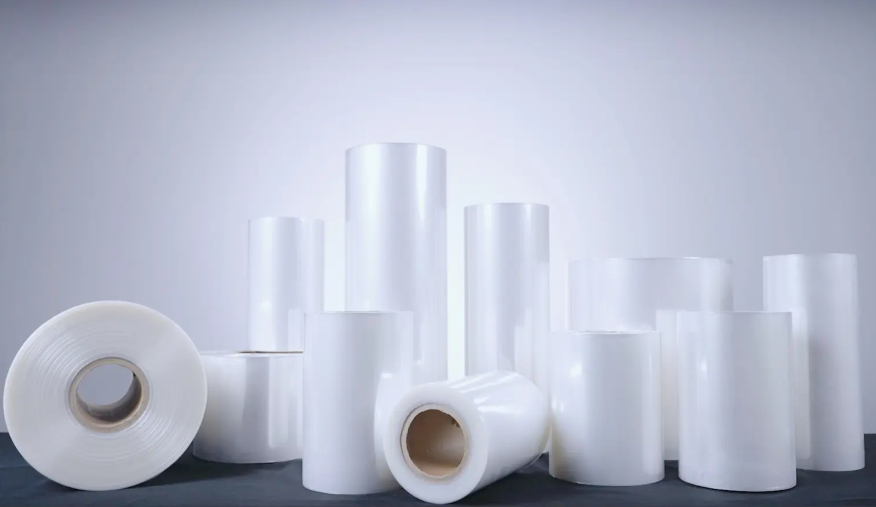Can PCR materials be a viable solution to achieve packaging sustainability goals?
2024-05-27 11:00:06
For some time, PCR materials have become increasingly popular in the packaging field. As the saying goes, "Recycle tens of millions of PCR, the first one in PCR", many large enterprises at domestic and abroad have successively made commitments on the use of PCR materials. Mars Group plans to achieve 30% PCR in packaging by 2025; L'Oreal Group's PCR target is 40%... From commitment to implementation, PCR materials are becoming environmentally friendly packaging method favoured by many companies, and have even gradually evolved into a mainstream direction for future development.

What are the benefits of PCR materials? Is it the only option to achieve packaging sustainability goals? Everything starts with the definition of PCR.
Actually, PCR material is a kind of "recycled plastic". The full name is Post-Consumer Recycled material, which refers to the plastic particles made from the plastic products discarded by consumers after use, through being recycled, classified, crushed, screened and washed, and mixed with different proportions of virgin plastics. This way, we can ensure a positive cycle at each stage of circulation, consumption, recycling, and reuse, and implement the goal of energy conservation and carbon reduction.

The reason why PCR materials are favored and concerned by many enterprises is that PCR is an effective measure to solve the global resource crisis and the European Union's policies and regulations.
However, in the field of packaging applications, the "double-edged sword" effect of PCR is also particularly prominent. From a profit perspective, PCR materials are mixed with virgin plastics and then used to make new plastic products. This method will consume less energy and fossil fuels, reduce landfills and incineration, help protect the environment, improve waste plastic recycling, and promote the development of a circular economy.
In order to build a solid industrial ecosystem and take the path to sustainable win-win, it is still necessary to think dialectically about "short and long". On the downside, PCR materials often cause companies to undertake huge costs, due to complex processes, high production costs, and expensive prices, which restricts the further application and development of PCR materials. It should also be noted that the traceability standards for PCR materials are not yet perfect. The quality of PCR products currently circulating on the market varies from good to bad. There are large gaps in appearance, performance, quality control and publicity, making it difficult to meet the quality pursuits of downstream manufacturers, and it does not have market universality.
In the end, everything points to the embarrassment that the company's sustainability plan begins to run counter to its original intention. Recently, pioneering companies such as Unilever and Colgate have adjusted their ESG development goals, which makes us to know about the situation. In the face of large-scale environmental protection needs, industry giants are urgently braking, both for far-reaching development and for urgent practical needs.

Whether it is packaging manufacturers or brand operators, it is necessary to realize that the application value of PCR materials is undoubted, but ignoring the reality and "use it once " is neither realistic nor necessary. Taking a step back, there are many ways to achieve the sustainable goal of packaging, and complete PCR is actually not objective. Based on the above discussion, PCR materials are not the only choice to achieve sustainable packaging goals, but are just a second-best backup solution during periods of uneven development.
Is there a better plan B? To achieve sustainable packaging, we should focus on the root causes.
Start with packaging design and develop fully recyclable packaging materials to eliminate the generation of waste plastics. Non-crosslinked Recyclable PEF Shrink Film jointly developed by Mingca Packing and ExxonMobil is specially designed for recyclability*. Without cross-linking,high performance PEF film can be produced using double bubble technology and downward water-cooled blown process. The structure of mono polyethylene material makes its recyclability unquestionable.
After being certified by TÜV Rheinland, Germany, the PEF film has reached the international advanced level and has now obtained international authoritative certifications including China Double easy Certification. It not only complies with the CGF golden design principles and provides enterprises with new green packaging material, but is also a golden "passport" to cope with EU PPWR and related regulations, with broad market prospects.
In fact, among the sustainable development goals of packaging, PCR material is only a small part. Whether it can be regarded as a truly environmentally friendly material, we can remain controversial. PEF is a recyclable material that has been fully certified by international authoritative organizations. It can provide international brands with a relatively stable medium to long term transitional flexible packaging solution, make up for the shortcomings of PCR materials in practical applications, and help companies achieve their sustainable development goals in a gentler way.










